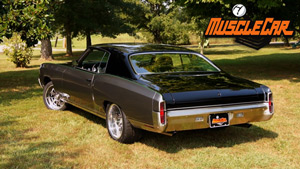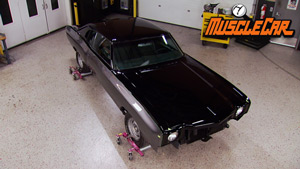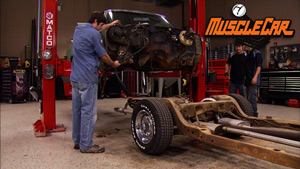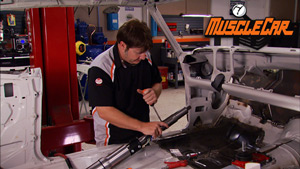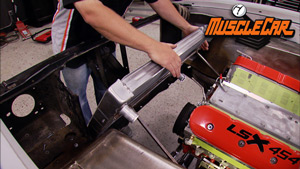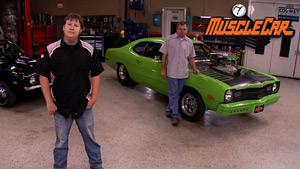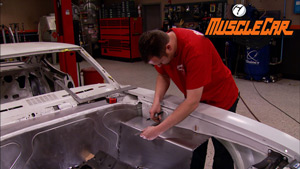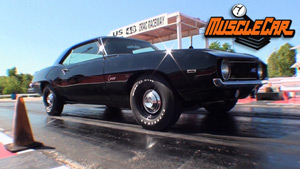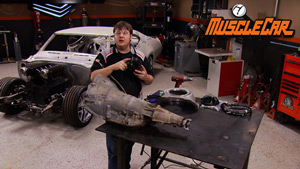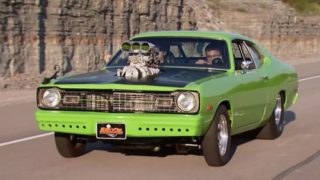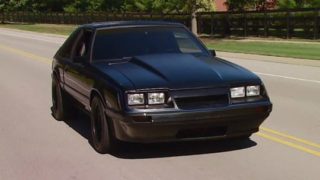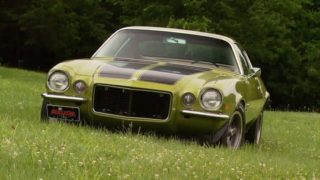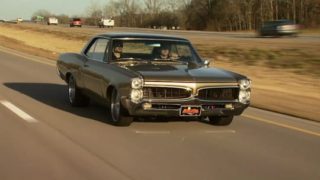MuscleCar Builds
Want more content like this?
Join the PowerNation Email NewsletterParts Used In This Episode
Dupli-Color
Dupli-Color Guide Coat provides a perfectly smooth finish for contouring repair areas. The fast drying easy to sand formula exposes surface low spots and imperfections.
Evercoat
Evercoat Rage lightweight body filler is formulated with the finest resin available for easy sanding and unmatched adhesion to galvanized steel and aluminum. Plus, it's stain-resistant for use with base coat and clear coat paints. Evercoat Rage body filler comes complete with blue cream hardener.

